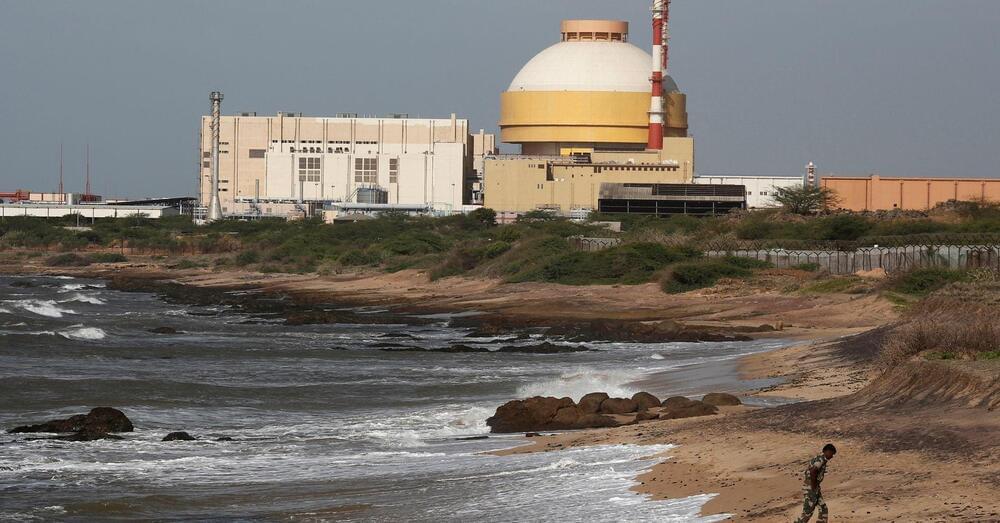Learn about the breakthrough superconducting magnets for fusion reactors developed by MIT researchers. Step into a future of clean energy.




If two points were ripped apart faster than light, they would no longer interact through any force of physics. Whereas a constant dark energy would leave behind already-intact objects, like clusters of galaxies, phantom energy could tear them apart. In a finite amount of time, billions of years from now, clusters would tear apart, followed by ever-smaller objects. Even atomic and nuclear bonds would not withstand the onslaught.
Eventually, space itself would dissolve in an event known as the Big Rip. Any two points, no matter how close, would be ripped infinitely far away from each other. The very structure of space-time, the causal foundations that make our universe work, would no longer behave. The universe would just break down.
However, luckily, most physicists do not believe this scenario can actually happen. For one, it’s unclear how this process of ripping interacts with the other laws of physics. For example, quarks cannot be torn apart — when you attempt to do so, you need so much energy that new quarks materialize out of the vacuum. So ripping apart quarks just might lead to other, interesting interactions.

Most people know about solids, liquids, and gases as the main three states of matter, but a fourth state of matter exists as well. Plasma—also known as ionized gas—is the most abundant, observable form of matter in our universe, found in the sun and other celestial bodies.
Creating the hot mix of freely moving electrons and ions that compose a plasma often requires extreme pressures or temperatures. In these extreme conditions, researchers continue to uncover the unexpected ways that plasma can move and evolve. By better understanding the motion of plasma, scientists gain valuable insights into solar physics, astrophysics, and fusion.
In a paper published in Physical Review Letters, researchers from the University of Rochester, along with colleagues at the University of California, San Diego, discovered a new class of plasma oscillations—the back-and-forth, wave-like movement of electrons and ions. The findings have implications for improving the performance of miniature particle accelerators and the reactors used to create fusion energy.
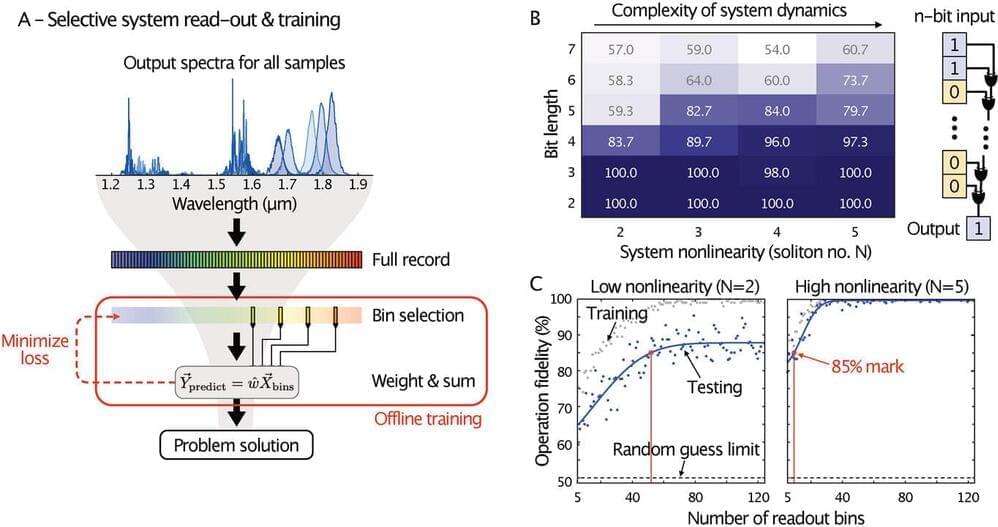
Artificial intelligence is pivotal in advancing biotechnology and medical procedures, ranging from cancer diagnostics to the creation of new antibiotics. However, the ecological footprint of large-scale AI systems is substantial. For instance, training extensive language models like ChatGPT-3 requires several gigawatt-hours of energy—enough to power an average nuclear power plant at full capacity for several hours.
Prof. Mario Chemnitz and Dr. Bennet Fischer from Leibniz IPHT in Jena, in collaboration with their international team, have devised an innovative method to develop potentially energy-efficient computing systems that forego the need for extensive electronic infrastructure.
They harness the unique interactions of light waves within optical fibers to forge an advanced artificial learning system. Unlike traditional systems that rely on computer chips containing thousands of electronic components, their system uses a single optical fiber.
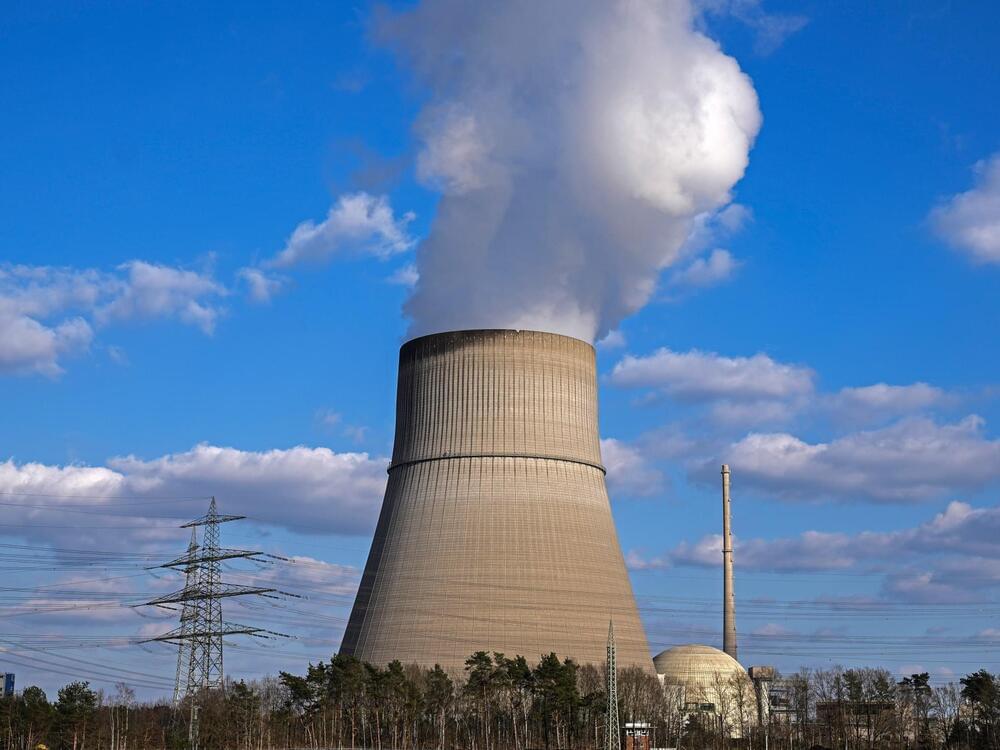
The Voyager 1 was launched in 1977. Almost 50 years later, it’s still going and sending back information, penetrating ever deeper into space. It can do that because it’s powered by nuclear energy.
Long a controversial energy source, nuclear has been experiencing renewed interest on Earth to power our fight against climate change. But behind the scenes, nuclear has also been facing a renaissance in space.
In July, the US National Aeronautics and Space Administration (NASA) and Defense Advanced Research Projects Agency (DARPA) jointly announced that they plan to launch a nuclear-propelled spacecraft by 2025 or 2026. The European Space Agency (ESA) in turn is funding a range of studies on the use of nuclear engines for space exploration. And last year, NASA awarded a contract to Westinghouse to develop a concept for a nuclear reactor to power a future moon base.
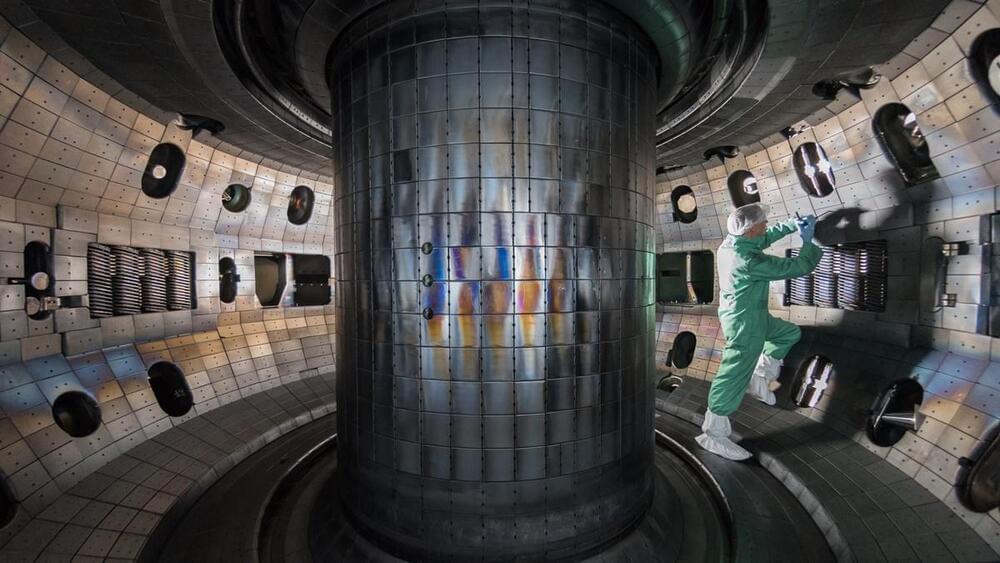
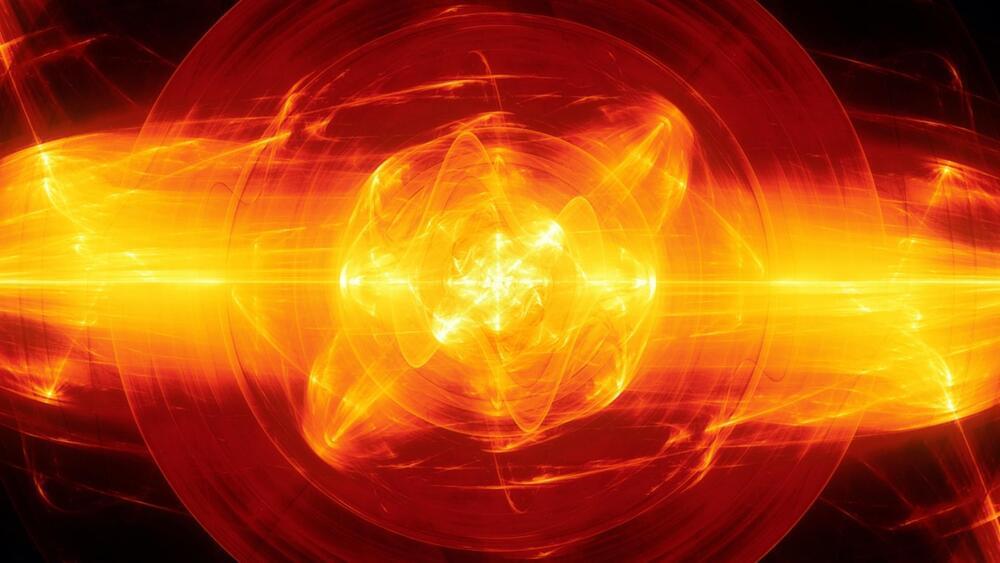

Fashioned from the same element found in sand and covered by intricate patterns, microchips power smartphones, augment appliances and aid the operation of cars and airplanes.
Now, scientists at the U.S. Department of Energy’s (DOE) Princeton Plasma Physics Laboratory (PPPL) are developing computer simulation codes that will outperform current simulation techniques and aid the production of microchips using plasma, the electrically charged state of matter also used in fusion research.
These codes could help increase the efficiency of the manufacturing process and potentially stimulate the renaissance of the chip industry in the United States.
